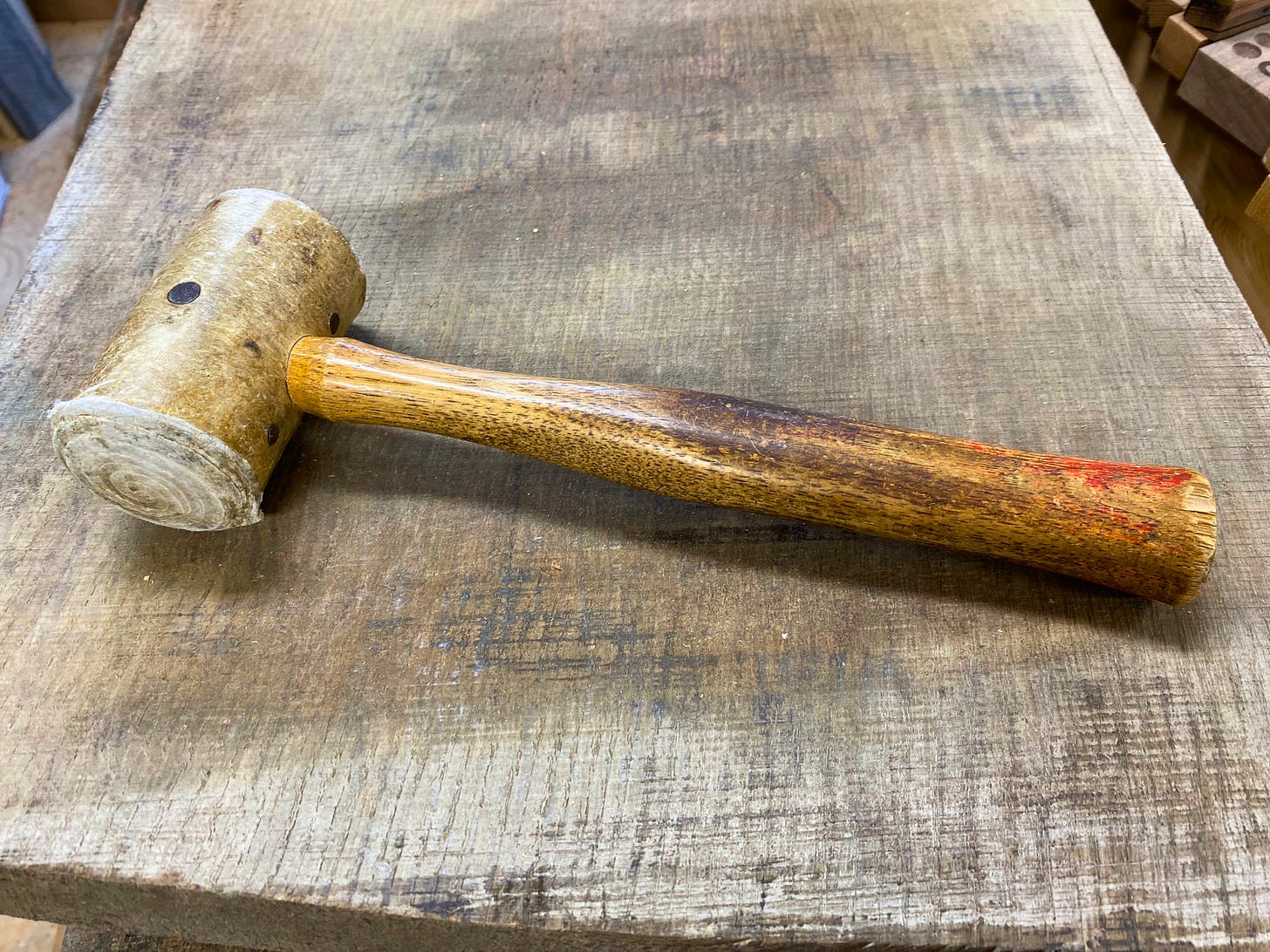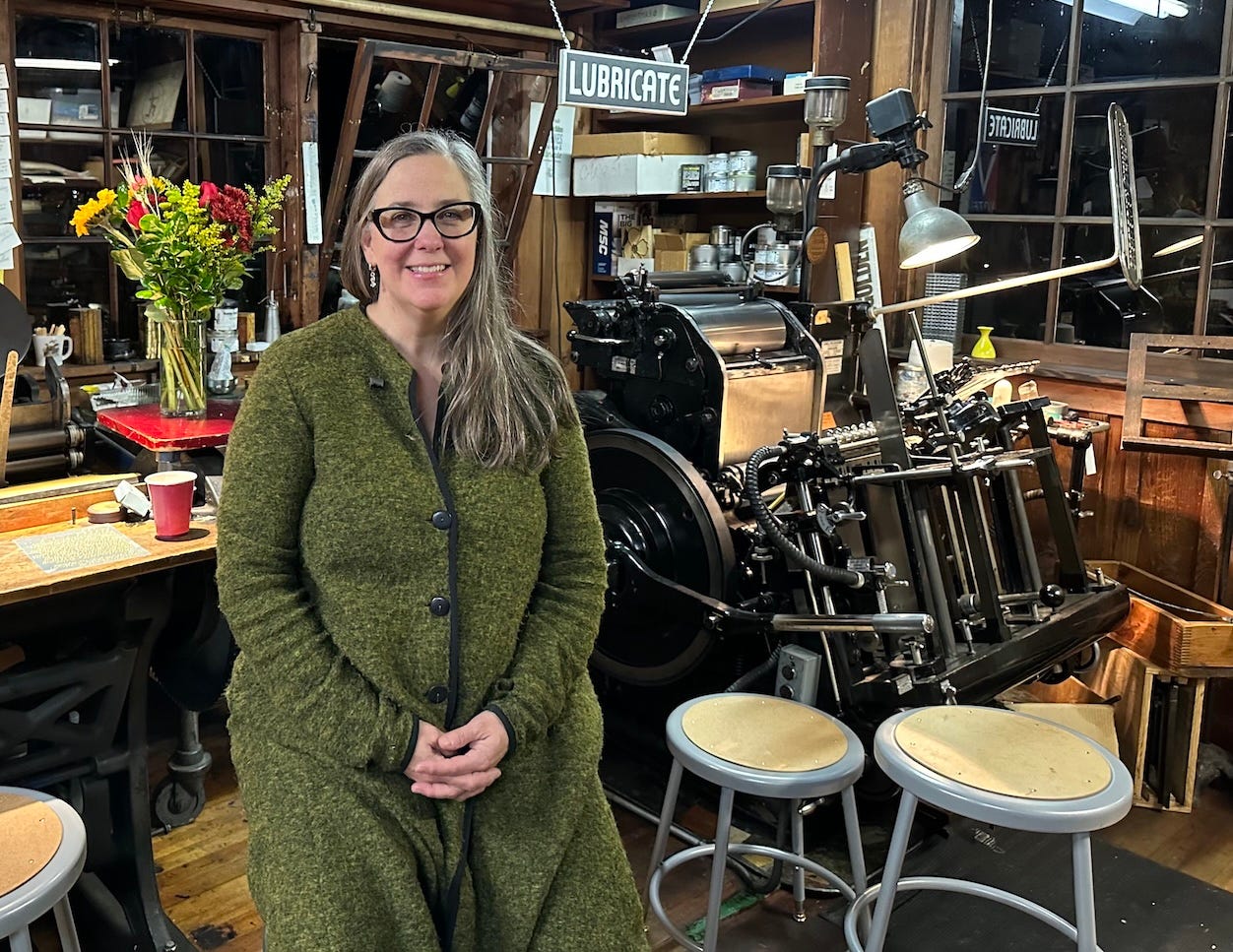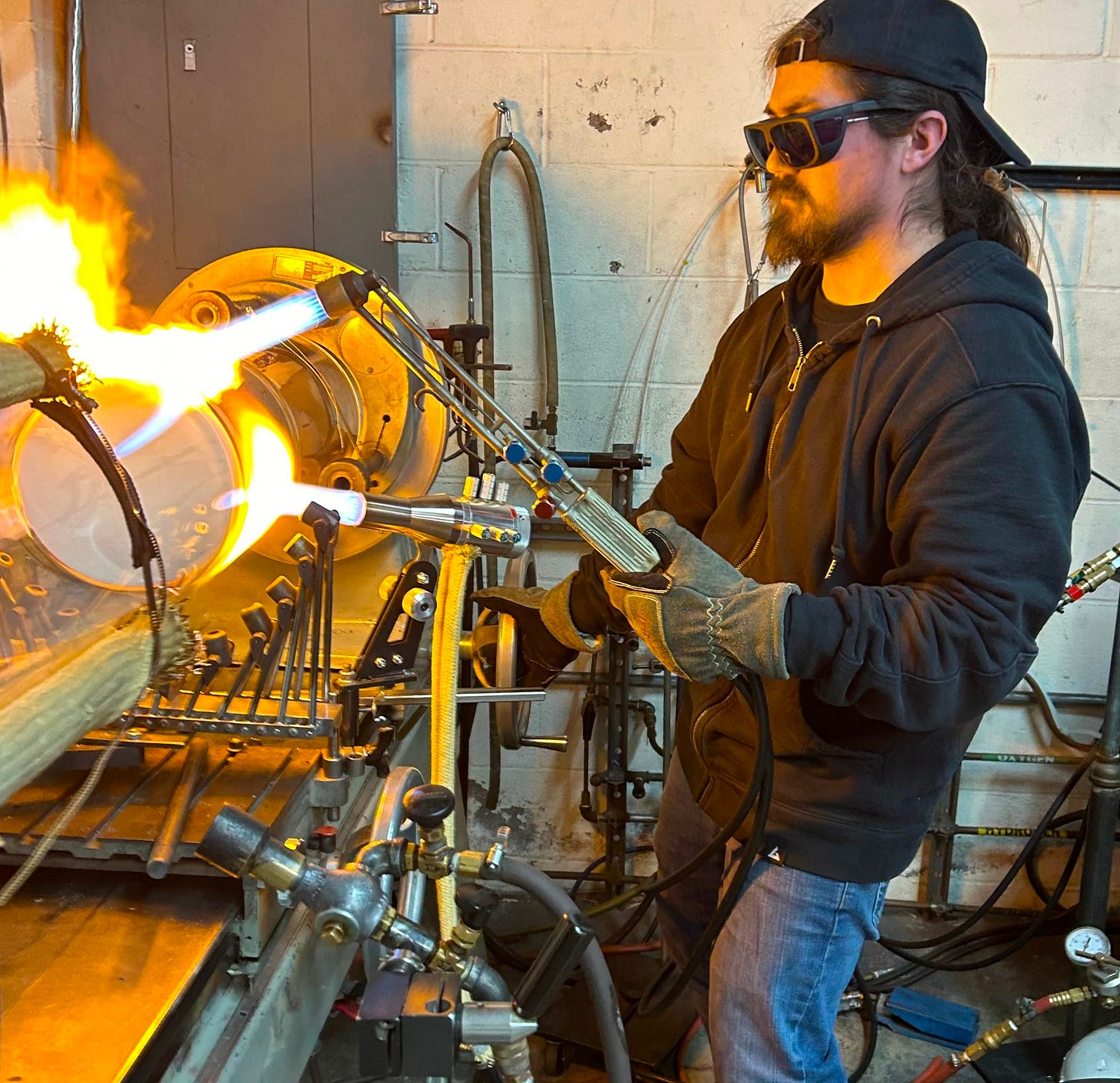My Father's Mallet
Wondering what you've been missing? Today we're unlocking one of our premium offerings for all of our free subscribers.
Dear Friends,
Back in January, we launched a new series of “Short ‘Stacks”: brief commentaries on various aspects of craftsmanship that we hope will delight our readers as they forge through their inboxes. These quick takes have been a lot of fun for us to produce—and quite popular with our readers, too—so we plan to keep them going through the summer, and beyond.
While we still have plenty of free material here on Substack and on our website, about half of our newest stories are now offered exclusively to paid subscribers. We’ve added quite a few new subscribers this year (thank you, and welcome!), so we wanted to give you all a taste of what you’re missing behind the paywall by unlocking one of our first Shorts.
Today’s unlocked offering is
’s thoughtful (and highly relatable) reflection on a formative experience during his early days at the workbench. In addition to his five decades as a furniture maker, and founder of The Northwest Woodworking Studio, Gary also happens to be a wonderful writer, the author of several books, and something of a philosopher on craftsmanship. And he’s on Substack, too, so you can follow his page for more of his musings.“My Father’s Mallet” is now available to all, free of charge. If you can support our work with a paid subscription, not only will you have access to all of our premium offerings as soon as they’re released, you’ll also be helping to publish future stories by Gary, and many other talented writers—all of whom are paid fair market rates for their work.
Thank you for reading and sharing our stories, and for being such a loyal part of the Craftsmanship community. The future of independent journalism depends on readers like you.
Sincerely,
Todd Oppenheimer
Publisher & Editor-in-Chief, Craftsmanship Magazine
My Father’s Mallet
Story and photography by Gary Rogowski
After graduating college, I finally got up the nerve to quit trying to be what everyone else wanted me to be: priest, professor, or professional. My Lit major brain was tired from working up essays on nothingness. Working with my hands, now this was real stuff…
My father had done some woodworking once, so I went back to that old house of ours, and into the shed behind it, and gathered up some of his tools. I didn’t know yet what they did, but one of them I figured out quickly. It was a mallet, made of a shaped piece of wood for a handle and a rolled-up piece of thick leather for the head. The mallet wasn’t too heavy, but it could make a sharp chisel move grandly through a piece of wood. The handle had a light touch of red and tan paint on it, so it also had some charm. My new mallet.
I began on my own and with some books to teach myself the craft. I learned that this was the long, slow method, and with an ignoramus for a teacher. Fortunately, his student was just as slow as he was. So we worked well together. My learning time was done in a basement, away from the prying eyes of the world.
The wood I used schooled me about grain; the machines I bought educated me about accuracy and danger. The hand tools of my father’s, and those few I could afford, taught me the value of sharpening. But making joints go together precisely showed me only frustration. My hand-sawn tenon would stick, but only halfway into my chopped mortise. Gaps in the shoulders of the joint wounded my pride.
I don’t remember the piece I worked one grim day, but it finally got the better of me, for not agreeing with my demands for it to be perfect. I took that mallet of my father’s and slammed it into my bench as hard as I could. I wanted to break the world. Come over some time and I’ll show you the dent in my bench, which I still have many decades later, and which you can see here (on left, where it sits in my shop, and then in its still-dented glory on the right).
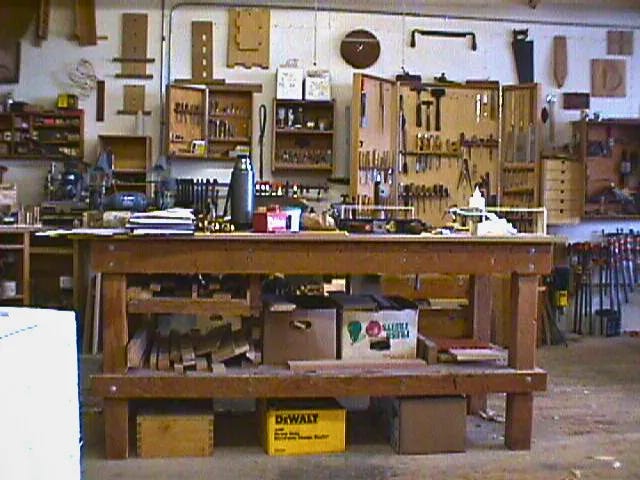
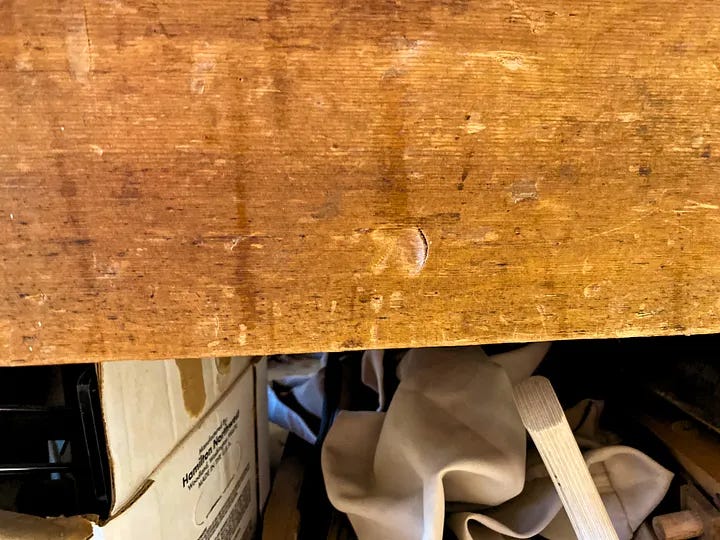
That mallet did not break. It did split, just a tiny bit up near the head, but then it resumed its calm presence as my leather-headed teacher. Kneeling on the floor, I looked at it and immediately lamented my choice to try and break it asunder. The mallet was tougher than I was. I silently apologized to it, and never mistreated it again.
I learned a valuable lesson that day: Wood may be used for throwing across the room with disgust, but never one’s tools. You will need them again tomorrow, as you pursue your sad and sorry quest for mastery with a dunce for a student. Patience dear boy, patience.
ICYMI...
Vintage Machines, Perfect Prints: The Legacy of The Sherwood Press
by
To letterpress lovers, the Heidelberg Windmill is a beloved icon of beauty and durability. Jami Heinricher, owner of a historic print shop in Olympia, WA, is devoted to keeping its Windmills—and their flawless prints—alive.
The Mad Science—and Master Craft—of Handblown Lab Glass
by
Where master craftsmanship meets cutting-edge science, it's the best of both worlds.
Craftsmanship Magazine focuses on master artisans and innovators whose work informs our quest: to create a world built to last. In addition to our Substack offerings, you’ll find a rich archive of stories, podcasts, photo essays, and documentary shorts on our free website—along with community resources like our Artisans’ Directory, our guide to U.S.-based craft & folk schools, and much more.





